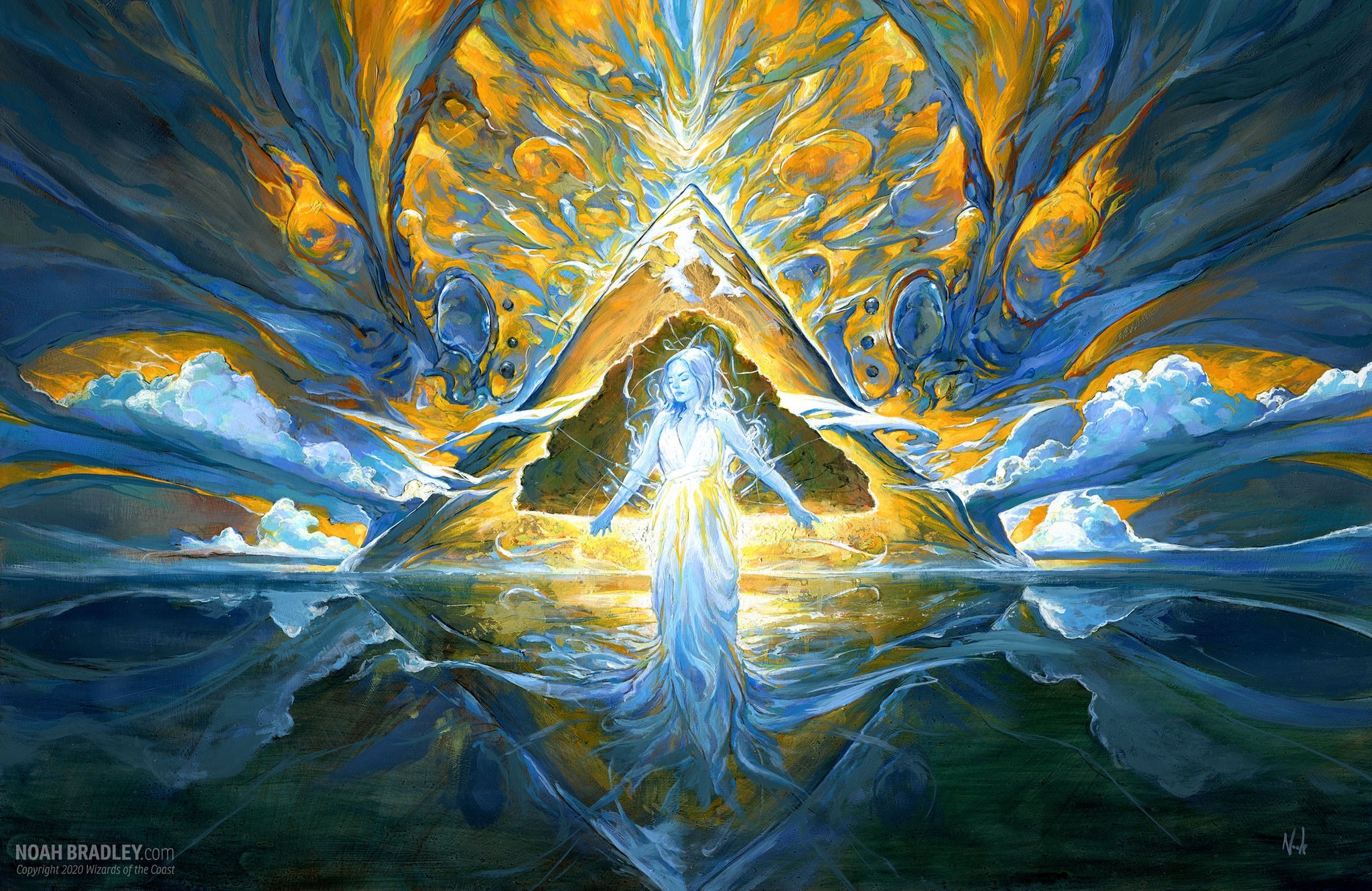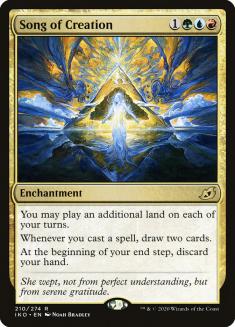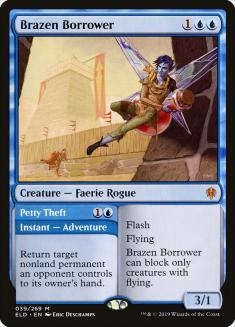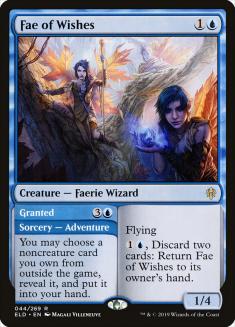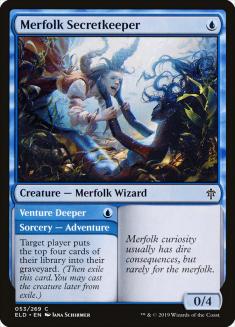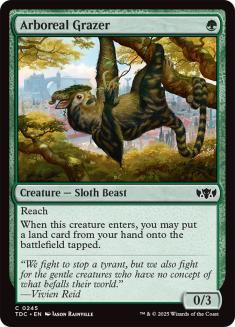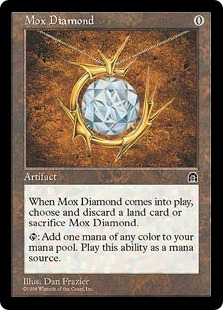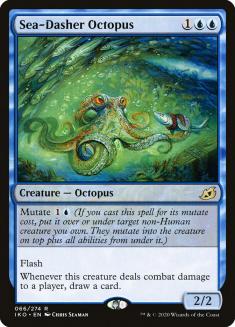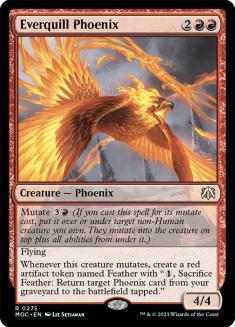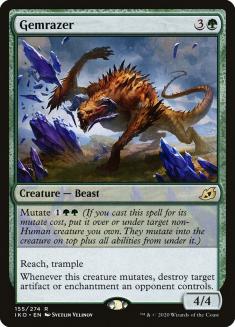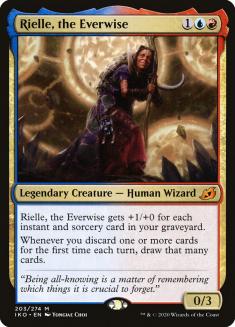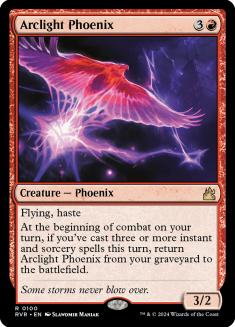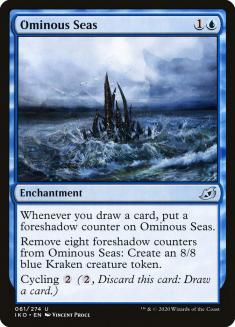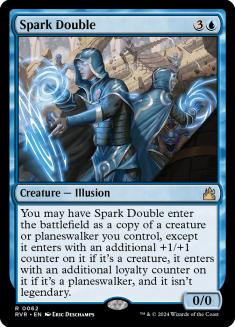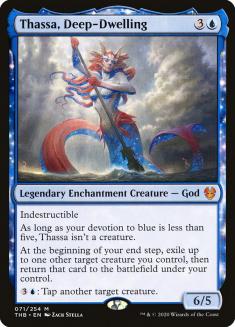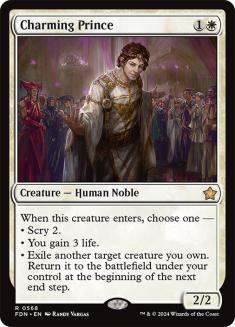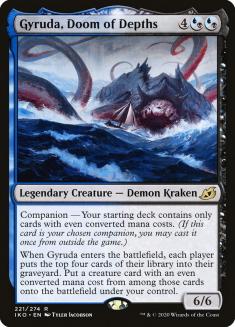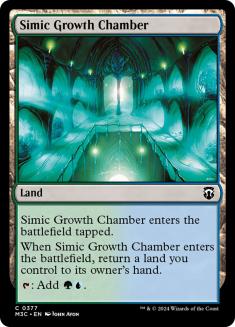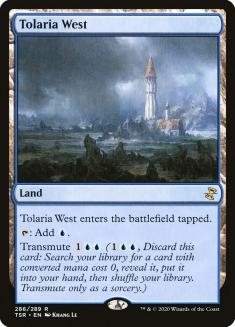Innovation sure moves quickly these days.
Back in my day, we had to wait for a Prerelease, and then a couple of weeks later the cards came out, and then there was a release event, and then you got to play with the cards.

Yesterday? There was a worldwide Early Access Streamer Event put on by Wizards of the Coast (WotC) that allowed content creators to dedicate an entire day to jamming games against one another with fresh cards. Decklists started to get fleshed out before players can even buy packs!
Luckily, with this much information being out these days, there’s a ton to consume and it’s easier to see cards in action before you spend money (or wildcards) acquiring them.
As someone who’s incredibly invested in staying ahead of the Standard metagame, I’ve had my finger to the pulse of what people are trying out. More specifically, I had six to ten streams playing simultaneously on my computer or streamed the event myself since it went live.
In what I’ve seen thus far, there are a handful of cards that stuck out as flying under the radar throughout the day.
Song of Creation
Song of Creation is one of the big cards that stuck out as simultaneously exceeding and sidestepping expectation. That’s to say that it was much better than anticipated, but not in the way that most people seemed to expect.
Initially, the hype around the card was that it would simply be a piece of a combo engine that would feel like a Storm deck.
In practice, most of the decks using Song of Creation were actually using it as a value card and jumping through hoops to have spells that didn’t have to be in-hand to be cast.
The most obvious way to accomplish this is through the Adventure mechanic. Temur Adventures did plenty of this last format — balancing a virtual twelve-card hand while finding ways to leverage having an incredibly high quantity of raw cardboard. It can be pushed even further than Escape to the Wilds, however.
Merfolk Secretkeeper is a natural way to build a one-mana Divination with Song of Creation, while also fueling Uro, Titan of Nature’s Wrath to push Song of Creation to a whole other level.
Creatures (23)
- 4 Arboreal Grazer
- 4 Edgewall Innkeeper
- 4 Fae of Wishes
- 3 Brazen Borrower
- 4 Merfolk Secretkeeper
- 4 Uro, Titan of Nature's Wrath
Lands (30)
Spells (7)

Having a near-limitless number of cards in hand also creates an appeal to include the likes of Growth Spiral and Arboreal Grazer — two cards that are less clunky in practice than Beanstalk Giant. That goes double when simply trying to fill out a curve.
I expect Song of Creation to take the place of Escape to the Wilds in Temur Adventures, allowing the deck to have a leaner curve and get to the battlefield more quickly than its predecessor.
The line between Arboreal Grazer and Mox Diamond is becoming progressively blurrier. With more cards being released that both provide ways to spend mana and keep the cards flowing, having ways to simply generate extra mana is going to pay dividends in a big way.
Ikoria: Lair of Behemoths also gives another way to actually make use of the fact that Arboreal Grazer has a body:
On a significant portion of mutate creatures, the mutate cost comes at discount — this translates to Arboreal Grazer being closer to a Sol Ring in these scenarios. Having a Gemrazer or Sea-Dasher Octopus attacking on the second turn is no joke.
People like to joke about how strong green has become over the last few years and I don’t expect that to be changing any time soon. Arboreal Grazer, in particular, is going to be putting in overtime.
Rielle, the Everwise
Did you know that Arclight Phoenix is still Standard-legal? 2018 feels like it was a decade ago. If I’m being honest, spinning your wheels hasn’t looked this good in a long time.
In eternal formats, Arclight Phoenix has the benefit of the likes of Thing in the Ice and Young Pyromancer to assist with turning the corner and paying their controller for simply casting a ton of spells. In Standard, there’s been….. Crackling Drake. Not the best card in a sea of Teferi, Time Raveler and Elspeth Conquers Death.
Rielle is able to do what the deck wanted Crackling Drake to do. These days, creatures are defined by their text boxes rather than their power and toughness. In other words: Rielle having a better ability, for less mana, is going to make it more valuable than Crackling Drake was in the deck, as long as you build with it in mind.
Creatures (12)
Planeswalkers (1)
Lands (22)
Spells (25)

Now this is a deck of payoffs for wheel-spinning. Generally speaking, the downsides of cards like Cathartic Reunion and Thrill of Possibility make them difficult to justify registering in decks (like Dredge) that don’t have very high upside for including them.
Rielle offers another way to help create a payoff for clearing the requisite hurdles for playing these spells, and then turns the corner once it starts to be a respectable size.
Ominous Seas is a card that I had personal experience trying to win through yesterday and it is honestly impressive the number of cards that it lines up well against. Dodging Elspeth Conquers Death and outsizing Uro, it seriously happens to just beat a ton of cards that are seeing significant play right now.
The fact that the 8/8 token can be made at instant speed means that it’s incredibly likely to get at least one attack through before the opponent has a chance to deal with it.
I’ve included Sprite Dragon as a way to apply early pressure more quickly than Ominous Seas, but suspect that it’s the weakest of the payoff cards in the deck. Figuring out the mix of payoff cards in the deck is going to be the key going into Ikoria: Lair of Behemoths Standard, but unlike before, the quantity of payoffs isn’t the issue.
Yorion, Sky Nomad
Earlier this week, Sam Black talked a bit about why Yorion is so strong in Modern, but I’ve found it impressive in Standard as well, in an Elementals shell:
Creatures (35)
- 4 Spark Double
- 4 Arboreal Grazer
- 4 Risen Reef
- 4 Omnath, Locus of the Roil
- 3 Agent of Treachery
- 4 Leafkin Druid
- 4 Cavalier of Thorns
- 4 Uro, Titan of Nature's Wrath
- 2 Thassa's Oracle
- 2 Yorion, Sky Nomad
Planeswalkers (4)
Lands (37)

Reminiscent of the Simic Ramp decks from previous Standard formats, this deck leans much further into the value side of the things.
Spark Double, in particular, is a piece of technology that Yoman5 has been big on throughout this brewing season, because of how well it can loop with some cards. With Yorion, for example, it can create a situation in which any number of nonland permanents on its controller’s side of the battlefield are exiled and returned to the battlefield each end step.
This creates an interesting loop with Uro, Titan of Nature’s Wrath. When Uro and Yorion (or Spark Double) return to the battlefield, you can stack the triggers in such a way that Uro is re-exiled by the fresh Yorion before its sacrifice trigger resolves, netting you six life and two cards per turn cycle.
This deck’s viability, coupled with the fact that there was an Azorius Blink deck in Standard before Ikoria even existed, leads me to believe that there’s a real shell here. When the difference in power level between the worst card and the best card isn’t that different and it’s all generic value, playing more than 60 cards isn’t a real drawback.
Despite Yorion flying in the face of all common Magic heuristics, the fact that it’s a free card in the opening hand to start with, and several additional free resources later on, means that it’s simply a matter of making it to the end-game. It’s more or less impossible to grind the deck out. Reliably staying alive in the meantime is the key.
Gyruda, Doom of Depths
This card is incredible and has a ton of combo potential. Remember Spark Double?
Hitting a Spark Double or Gyruda with Gyruda allows you to keep going with Gyruda. If it’s a Spark Double, it actually stays on the battlefield as a free 6/6. There are already some combo lists popping up:
Creatures (31)
- 4 Paradise Druid
- 4 Spark Double
- 4 Elite Guardmage
- 4 Charming Prince
- 4 Thassa, Deep-Dwelling
- 4 Thassa's Oracle
- 3 Gyruda, Doom of Depths
- 4 Humble Naturalist
Lands (25)

The specific list here is a bit rough, but it’s meant to be one part Azorius Blink, one part green-based ramp, and one part Thassa’s Oracle, just for a bit of combo potential. The idea is that Gyruda being blinked enough times will eventually just generate enough 6/6s that the opponent can’t do anything but die. Sound familiar?
The deck itself is fairly linear, all things considered, but that’s the drawback of all the companion cards: they’re naturally limiting what you can play in your deck.
When constructing a maindeck, it’s fairly easy to compensate for the demands of a companion, but these cards are going to suffer most when looking at sideboard options. An incredibly linear deck, like Gyruda, being forced to choose between having immediate access to its namesake versus, say, Mystical Dispute, is a very real tossup in some matchups, and will require a level of balancing to figure out if it’s worth it.
In some decks, the decisions won’t be quite as hard.
Creatures (26)
- 2 Midnight Reaper
- 2 Judith, the Scourge Diva
- 4 Mayhem Devil
- 1 God-Eternal Bontu
- 2 Murderous Rider
- 4 Cauldron Familiar
- 4 Bonecrusher Giant
- 4 Woe Strider
- 3 Whisper Squad
Lands (23)
Spells (11)

This decklist is painting with broad strokes in its sideboard, but in some matchups, having access to a free copy of Obosh isn’t going to be as impactful as Extinction Event.
We’re early in the format so it’s difficult to conceptualize the exact point where the line lies. That being said, we’re far, far past the point of considering if the “drawback” of companion creatures is worth it or not. It’s much more weighing if it’s absolutely worth it in every matchup, or if there’s a bit more flexibility to be offered by the fact that having a companion is optional.

